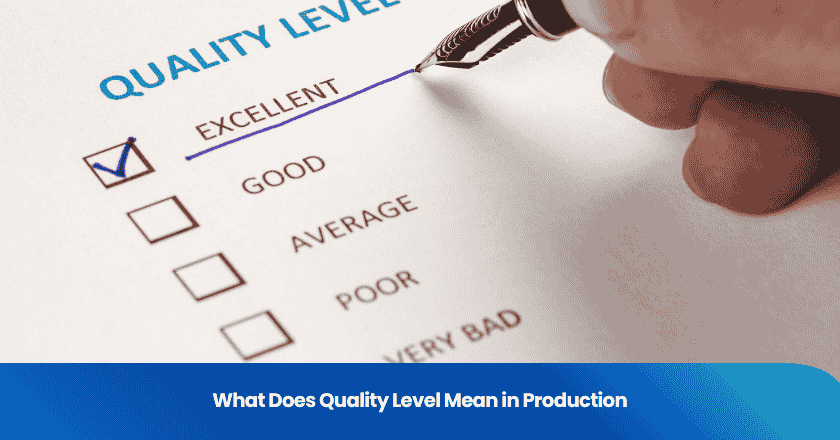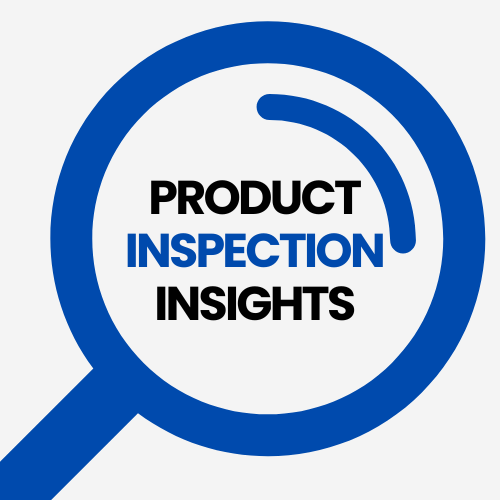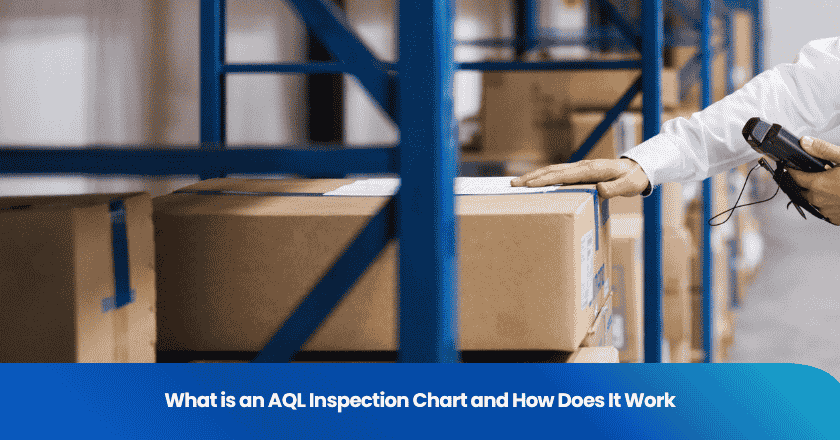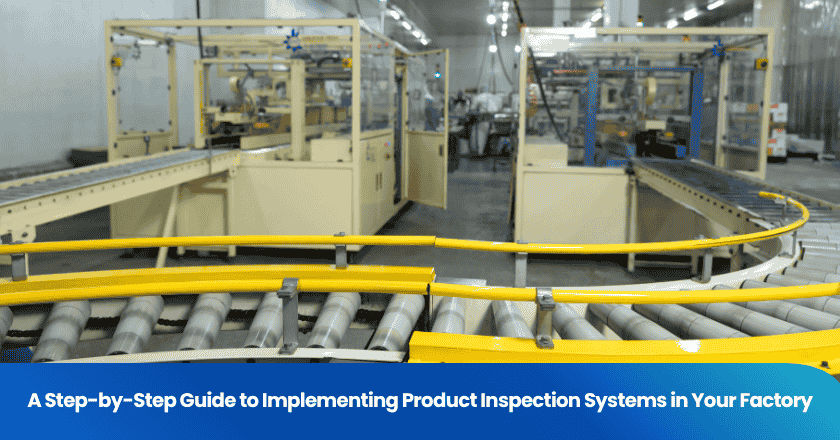
Level quality in production refers to the specific standards that you expect every product to meet before reaching customers. Imagine you order a batch of custom shirts. You want every shirt to look and feel the same. Manufacturers use key indicators, such as defect rates and first-pass yield, to measure quality. They also follow standards like ISO 9001:2015 and Six Sigma methodology. By understanding level quality, you ensure products meet your expectations and avoid costly surprises.
Key Takeaways
- Level quality defines the standards every product must meet before reaching customers. Understanding these standards helps avoid costly surprises.
- Use inspection and sampling methods to assess product quality. Set an acceptable quality limit (AQL) to determine the maximum number of defects allowed in a batch.
- Categorize defects into critical, major, and minor. Each category has different acceptable quality limits to maintain safety and customer satisfaction.
- Combine quality control (QC) and quality assurance (QA) to improve production quality. QC identifies defects, while QA prevents them from occurring.
- Implement best practices like employee training and regular maintenance to enhance level quality. Continuous improvement leads to better efficiency and customer trust.
Level Quality in Production
What Is Level Quality?
You encounter level quality every time you evaluate whether a product meets your expectations. In production, level quality defines the measurable criteria that separate acceptable products from those that fall short. You set these criteria based on customer needs, regulatory requirements, and industry benchmarks. Manufacturers use several methods to assess level quality and maintain consistency across batches.
Here is a table summarizing the most common methods used to assess level quality in production environments:
| Method | Description |
|---|---|
| Inspection | Examining products for defects or deviations from specifications, using manual or automated systems. |
| Sampling | Inspecting a representative sample of a batch to make quality decisions based on statistical probability. |
| Six Sigma | A data-driven technique focused on reducing defects to fewer than 3.4 per million opportunities using DMAIC. |
| Failure Mode and Effect Analysis | Identifying potential failure modes in a product or process and prioritizing them for corrective actions. |
| Control Charts | Graphical tools used to monitor process stability and track variations in production. |
| Design of Experiments | A structured technique for testing multiple variables to determine their effect on product quality. |
| Root Cause Analysis | Identifying the root causes of defects or quality issues to prevent future occurrences. |
| Pareto Analysis | Prioritizing the most common quality issues based on the Pareto Principle to achieve significant improvements. |
| Total Quality Management | A comprehensive approach to improving quality across all aspects of an organization, involving all employees. |
| Benchmarking | Comparing processes or products against industry leaders to identify gaps and implement improvements. |
| Quality Audits | Reviewing processes and products for compliance with quality standards to ensure effectiveness of quality control systems. |
You start by identifying customer needs through surveys or feedback. You then break these needs into measurable metrics using a CTQ (Critical to Quality) tree. You translate these metrics into specifications, such as acceptable limits and tolerances. Finally, you prioritize these metrics based on their impact on customer satisfaction and production efficiency.
Tip: When you define level quality, focus on what matters most to your customers. This approach helps you set realistic and effective standards for your products.
Key Terms: Defects and Standards
You must understand the types of defects and how they relate to quality standards. A defect is any deviation from the expected product characteristics. Defects can range from minor cosmetic issues to major failures that affect safety or functionality.
Here is a table showing how industry standards classify defects:
| Type of Defect | Description |
|---|---|
| Manufacturing Defects | Result from improper execution of the manufacturing process, affecting functionality and safety. |
| Dimensional Defects | Occur when physical measurements deviate from specifications, impacting fit and performance. |
| Surface Defects | Imperfections on the product's surface affecting appearance and durability. |
| Safety Defects | Flaws that pose risks of harm or injury to users or the environment. |
| Packaging Defects | Errors in packaging that compromise safety, usability, and marketability of the product. |
You also encounter defects such as assembly errors, process-related issues, functional failures, material inconsistencies, structural problems, and surface imperfections. Each defect type requires specific detection and control methods.
Global standards organizations define quality standard requirements for products, processes, and services. For example, ISO 9001 sets guidelines for quality management systems, ensuring products meet customer and regulatory mandates. Product standards establish minimum requirements for quality and safety. Management standards help you achieve objectives efficiently. Service standards provide benchmarks for service delivery. Process standards outline rules for production, storage, and testing.
Note: You improve level quality by aligning your production processes with recognized quality standards and by actively monitoring for defects.
Acceptable Quality Limit
Inspection and Sampling
You rely on inspection and sampling to determine whether a batch of products meets your standards. Inspection involves checking products for defects, either by examining every item or by using sampling methods. Sampling allows you to inspect a portion of the batch, saving time and resources while still providing a reliable snapshot of overall quality.
The acceptable quality limit is a statistical measure that defines the maximum percentage of defective items allowed in a batch. You use this limit to decide if a batch passes or fails product inspection. For example, if you set an acceptable quality limit of 2.5%, you permit up to 2.5% defective items in your sample before rejecting the batch. This approach helps you balance quality assurance with efficiency.
Note: Standards such as ANSI/ASQC Z1.4, MIL-STD-105E, and ISO 2859 guide your sampling process, ensuring that your sample size matches your lot size and inspection level.
You can choose different sampling plans based on your needs. Here is a table summarizing the most effective sampling plans for product inspections:
| Sampling Plan Type | Description | Effectiveness in Identifying Defects |
|---|---|---|
| Single Sampling Plan | Inspect a single sample size from the lot and count defects. | Efficient for moderate inspection costs. |
| Double Sampling Plan | Take a second sample if the first result is inconclusive. | Reduces total inspections; practical for dynamic settings. |
| Multiple Sampling Plan | Use several rounds for fine-tuned decisions. | Allows better quality decisions; more complex to manage. |
You use these plans to optimize your inspection process and maintain product standards.
Types of Defects
During product inspection, you categorize defects to determine their impact on product acceptance. You typically classify defects as critical, major, or minor. Each category affects your decision to accept or reject a batch.
Here is a table showing how you categorize defects and their impact:
| Defect Category | Description | Impact on Product Acceptance |
|---|---|---|
| Minor Manufacturing Defects | Small issues that do not affect functionality. | Less likely to cause customer complaints. |
| Major Manufacturing Defects | Significant problems affecting use or appearance. | May require rework or replacement. |
| Critical Defects | Severe issues posing safety hazards or financial loss. | Often lead to recalls and immediate rejection. |
You set different acceptable quality limits for each defect type. Typical AQL levels include:
1. Critical Defects: 0% AQL
2. Major Defects: 2.5% AQL
3. Minor Defects: 4% AQL
This means you do not allow any critical defects in your batch. You permit up to 2.5% major defects and up to 4% minor defects. These limits help you maintain safety and customer satisfaction.
Tip: Adjust your AQL levels based on product risk. Higher-risk products require stricter inspection standards.
Understanding AQL, QC, and QA
You often hear the terms AQL, QC, and QA in quality management. Each plays a unique role in your production process.
| Term | Definition | Approach |
|---|---|---|
| AQL | Statistical measurement defining the maximum number of defective items acceptable in a batch. | Proactive sampling and inspection of a subset of items. |
| QC | Verifies product quality by identifying defects after they occur. | Involves inspection of items to ensure quality. |
| QA | Manages and prevents quality issues before they occur. | Focuses on processes to ensure quality standards are met. |
You use AQL to set your inspection criteria. QC helps you catch defects during product inspections. QA ensures your processes prevent defects from happening in the first place.
Remember: You improve your production quality by combining AQL, QC, and QA. This approach helps you deliver safe, reliable products to your customers.
Importance of Quality
Product Acceptance and Rejection
You play a critical role in determining whether products meet your standards during product inspection. When you maintain high quality levels, you increase the likelihood that products pass product inspections and reach customers without issues. Quick Response Manufacturing (QRM) demonstrates that enhanced quality control can reduce defect rates by 30%. This improvement leads to higher acceptance rates and greater customer satisfaction.
You notice that rejection rates often stem from operator-induced variation, process instability, and tooling-related issues. By using data-driven quality assessments, you identify the root causes of defects and minimize rejection rates. Lower rejection rates improve shop floor efficiency and strengthen customer confidence. Addressing tooling performance, process stability, and operator skill helps you reduce defective products and maintain consistent quality.
Impact on Cost and Reputation
You recognize that quality directly affects your operational costs and reputation. A proactive approach to quality management lowers expenses and builds a stronger brand image. Investing in training and quality management systems reduces rework and defective product expenses, protecting customer relationships. If you rely on reactive measures, you face higher costs from warranty claims and repairs, which can damage your reputation.
- A proactive strategy prevents risks and inefficiencies.
- Cost of quality analysis saves money and enhances product quality by addressing root causes of defects.
- Neglecting quality leads to rising failures and monetary losses.
Long-term financial consequences of poor quality management include rework, scrap, downtime, customer complaints, warranty claims, and even litigation. These issues drain resources and hinder growth. Hidden costs, such as lost sales and a damaged brand image, often exceed visible expenses. You safeguard your business by prioritizing quality and thorough inspection at every stage.
Applying Level Quality
Step-by-Step Guide
You can set and maintain level quality in your production process by following a structured approach. Start by identifying requirements. Understand what your customers expect and review any regulatory standards that apply. Next, define your quality policy and set clear, measurable objectives. These objectives should align with your business strategy and focus on continuous improvement.
Map out your manufacturing processes. Identify critical control points where inspection is essential. Create a documented system to ensure consistency and repeatability. Establish document control mechanisms so you can manage updates and changes efficiently.
Here is a practical example of how organizations apply these steps:
| Company Practice Example | Approach |
|---|---|
| Lean and Six Sigma integration | Use data-driven methods to reduce defects and improve reliability. |
| Customer-focused improvement | Monitor real-time data and adjust processes based on feedback. |
| Continuous process control | Empower employees to resolve issues and refine procedures for better outcomes. |
By following these steps, you create a foundation for effective product inspection and ongoing quality management.
Best Practices
To maintain level quality, you need to address common challenges. Poor understanding of the product can lead to mistakes, so invest in thorough training. Inadequate documentation often causes confusion; document every process detail, including materials and steps. Pay attention to logistics by stress-testing packaging and products before shipping. Regular maintenance prevents equipment failures and keeps your inspection process reliable.
Consider these best practices for continuous improvement:
- Use visual management systems to make process performance visible.
- Document standard work methods to capture the best practices.
- Apply quick changeover techniques to reduce downtime.
- Implement preventive maintenance programs to minimize disruptions.
- Engage employees at all levels and encourage them to share improvement ideas.
- Measure progress using key performance indicators and adjust your approach as needed.
Tip: Regularly review your inspection results and gather feedback from your team. This helps you identify gaps and refine your approach to level quality.
You strengthen your production process by understanding level quality and applying the acceptable quality limit. These concepts help you streamline inspections, optimize supply chains, and ensure only acceptable products reach customers.
- You foster consistent product quality and build trust with consumers.
- The acceptable quality limit reduces costs and aligns assurance with business goals.
Quality management remains essential for business growth and sustainability. Reflect on how you can apply level quality in your work or purchasing decisions.
FAQ
What does "level quality" mean in production?
Level quality sets the minimum standards you expect every product to meet. You use these standards to judge if items are acceptable before shipping them to customers.
How do you determine the acceptable quality limit (AQL)?
You select an AQL based on product risk and customer expectations. You use sampling plans to inspect batches. If defects exceed your AQL, you reject the batch.
What is the difference between QC and QA?
You use QC to catch problems. You use QA to stop problems before they happen.
Why is maintaining level quality important?
High level quality protects your reputation. You reduce costs, avoid complaints, and build trust with customers. Consistent quality leads to repeat business and fewer returns.
Can you improve level quality over time?
You can improve level quality by training employees, updating processes, and using feedback. Regular reviews and data analysis help you spot issues and make changes for better results.
Grow your business with TradeAider Service
Click the button below to directly enter the TradeAider Service System. The simple steps from booking and payment to receiving reports are easy to operate.




